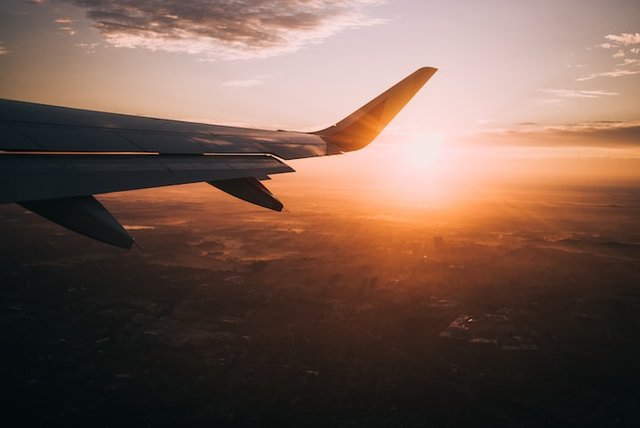In the vast tapestry of air travel, where journeys span continents and skies, the peculiarities of short-haul flights paint a fascinating picture. Take, for instance, the remarkable route of Loganair, connecting the islands of Westray and Papa Westray in Scotland, where a mere 2-mile distance transforms into a thrilling 47-second flight. The Orkney archipelago, with its 70 islands lacking bridges, relies on planes, ferries, and boats to navigate its scattered beauty.
Venturing into the realm of international flights, Austrian Airlines presents the shortest connection between St Gall in Switzerland and Friedrichshafen in Germany, a mere 13-mile journey disrupted by mountains and lakes. Meanwhile, the flight between Vienna, Austria, and Bratislava, Slovakia, holds the record for the shortest distance between two European capitals at 32 miles, a route that saw limited success despite its potential convenience.
North America boasts its shortest flight, a 35-mile trip connecting Toronto and Niagara Falls, operated by Greater Toronto Airlines. While the distance could be covered by car, the convenience of a 12-minute flight triumphs over a potential 1.5-hour road journey, given the unpredictability of traffic.
The Caribbean's Cayman Islands shine with the shortest beach flight, a 13-mile connection between Little Cayman and Cayman Brac, offering a swift 10-minute fix for confused travelers. Royal Air Maroc takes the spotlight for the shortest intercontinental flight, bridging Tangier, Morocco, and Gibraltar, a British overseas territory, covering a distance of 42 miles and uniting Africa with the Iberian Peninsula.
Amidst these airborne wonders, Nepal's Lukla Airport stands out as one of the riskiest with its short, sloping airstrip surrounded by mountains and a chasm. Pilots navigate treacherous conditions, often landing in the morning's calm weather to conquer the 1.8-mile-high altitude challenge.
As we soar through the skies, St. Martin's Maho Beach beckons thrill-seekers with the closest encounter between planes and sunbathers, the giant airliners passing just 50 feet overhead. The airport's unique location and short runway keep pilots on their toes, providing beachgoers with a spectacle and pilots with a challenging qualification upgrade.
In the world of aviation curiosities, the questions are as diverse as the experiences. From the use of windshield wipers during taxiing to the role of triangles above windows guiding crew members, aviation intricacies unfold. The mysteries of lightning strikes, the necessity of holes in airplane windows, and the purpose of hooks on wings find answers in the complex ballet of aerodynamics.
Exploring the human side of air travel, we delve into the myths surrounding the necessity of airplane keys and the absence of ignition keys. The intricate process of starting a plane without a simple turn of a key unfolds, emphasizing the meticulous steps pilots take to prepare for flight.
As we settle into our seats, the challenges of legroom become apparent, a gradual reduction over the years to accommodate more passengers and boost airline revenue. Emergency exits promise a sense of safety, though the reality of opening them mid-flight remains a physical impossibility, reassurance in a world of calculated risks.
The journey concludes with a glimpse into the technological marvels of airplanes, the complex interplay of safety measures, and the thoughtful design choices that shape our airborne experiences. From the nuances of window alignment to the secret button offering extra space, the world of air travel proves to be a tapestry woven with stories of innovation, challenges, and the ceaseless pursuit of safer, more efficient flights.
